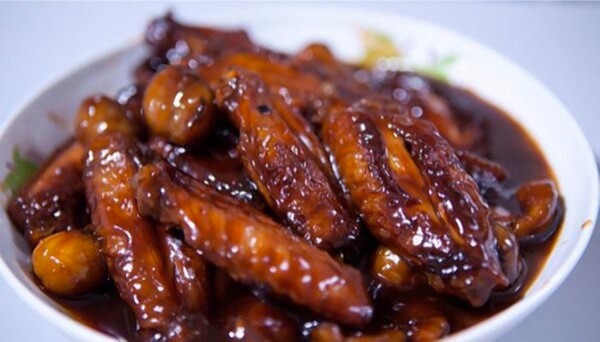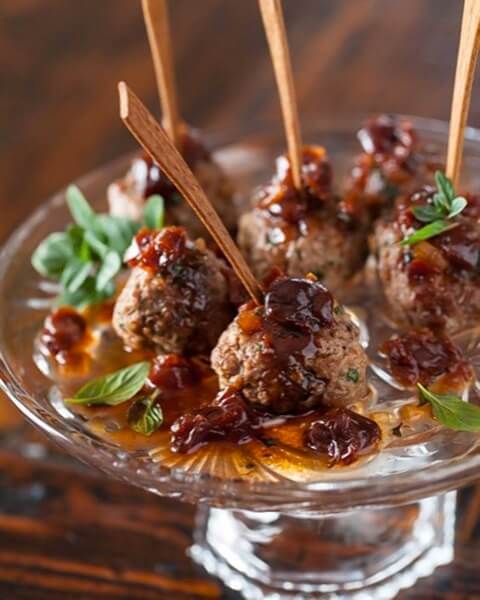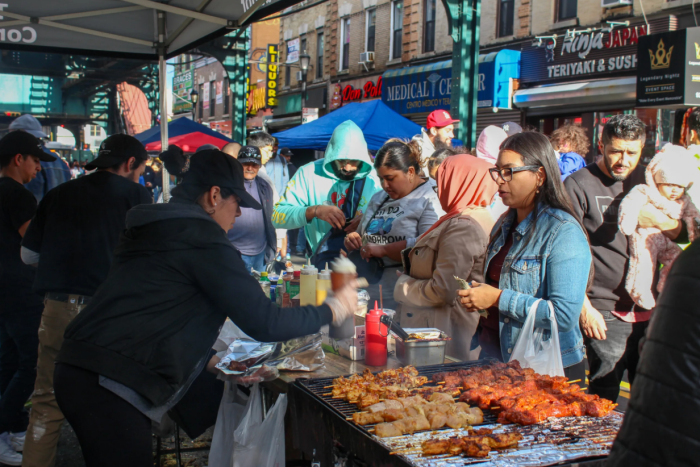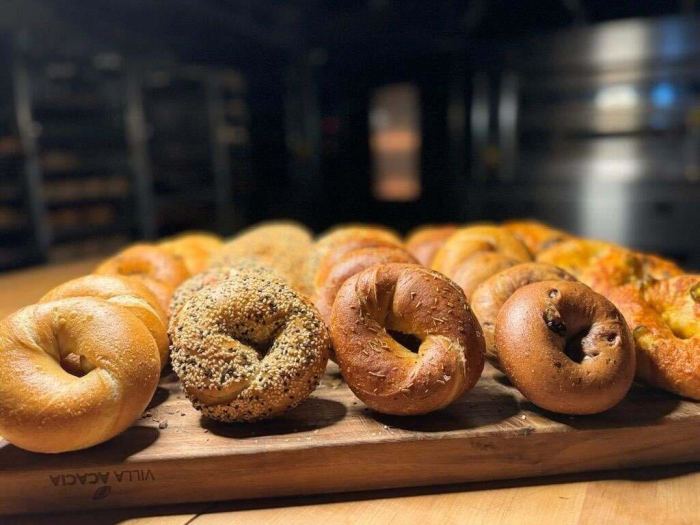By Merle Exit
A ritual marathon feast known as a Seder is celebrated on Passover to mark the Jews’ liberation from slavery in Ancient Egypt. This year it takes place April 10.
There are some differences between the ritual Seder plate and the various cuisines served for the holiday, but the combination creates some savory meals.
In their migration over the centuries, Jews have traversed the globe in order to practice their religion freely. Thus, the influences on the foods eaten during Passover have been diverse.
In Judaism there are two basic groups Ashkenazi from Germany and Eastern Europe, and Sephardic from Spain, Italy and the Middle East. With adoptions and intermarriage American Jews also have Latino, Asian and African ancestry.
As a second-generation Jewish-American family, we celebrated with the more common rituals and food. I researched the Internet and found myself particularly enlightened by one source, a website entitled Happy
According to the site, for instance, the customs and traditions followed by Indian Jews are similar to Hindus in both makeup and language. Here it says that the delicacies are a blend of “Indo-Jewish” flavors. Whereas we tend to have chopped liver, brisket of beef, matzo ball soup and potato pancakes, “Indian Jews prepare items such as molagachi, a mahogany chicken with black pepper; ellegal, a spice-rubbed fish in a cool herb salsa; appam, coconut crepes in a date sauce; and masalachi, mutton that is braised with coriander and garlic.”
“Following strict sabbath laws, men don a Malabari sarong, called a mondoo, while the women wear flowing silk saris and jewelry that sparkles. Songs of exodus are softly hummed to Indian melodies.”
Six ritual foods are on the Seder plate, some different from the traditional Jewish American.
“Lamb bone shank, roasted egg and matzo, are surrounded by romaine lettuce, date jam with walnuts, celery, and lime juice,” the site says. Although rice and legumes used to be forbidden, they have become traditional in Sephardic cultures.
While Jews were once ousted from Italy, there now exists a large Jewish population, especially in Rome.
“A traditional Passover menu begins with a paste-like mixture of ground dates, raisins, figs and oranges called Haroset all’italiana. Carciofi all romana, Roman-style artichokes, are prepared with bresaola, an air-cured beef with lemon and arugula. Cubes of fried white fish are marinated in an herb vinaigrette with caramelized onions for a dish called carpione.”
Those are just the side dishes, as the main course of an Italian Seder includes tortino di azzine, a matzo lasagna using vegetables and lamb together and insalata alla Sefardita, a salad of romaine, green onions and dill in a red wine vinaigrette. Desserts are generally comprised of a rich almond-paste cookie rolled up in powdered sugar known as ricciarelli de Siena.
“Here a ritual Seder plate is brought to the table covered with a pretty scarf. Prior to placing it on the table, the plate is placed atop a child’s head and rotated allowing everyone to view.”
Later, the tradition of having the youngest son recite the “four questions” relates to this. Although we typically take three pieces of matzo and simply place it under a napkin, the Italian ritual has the matzos tied to the napkin to form a little sack. It is then passed around the table from shoulder to shoulder.
Another Sephardic tradition, new to me, is to take a green onion, with long stems, and place it beside each member at the Seder table. Each member picks it up, holding it like a whip while singing the song, Dayenu. When the chorus kicks in, the participant holding the bulb lightly whips each person with a flick of the wrist. This particular ritual is used by Jews in Afghanistan and Iran. One explanation is that it represents the whips used when the Jewish slaves were beaten by the Pharaoh’s slave drivers.
Regarding food, the site says that Jews of Allepo, Syria, were known for their liberal use of spices, such as allspice, cinnamon, saffron and cardamom.
“There are an abundant amount of bitter cherries in this area featured in many of their dishes. One recipe involves a stew of meatballs with allspice and pine nuts that are smothered in a cherry sauce with tamarind and onions. Here, the use of rice is common to the Seder meal.”
If you are not interested in preparing a Seder meal, don’t expect a kosher restaurant to be open for Passover as it involves disposing of any items that are not “kosher for Passover” as well as changing the dishes and other traditions that involve a great deal of work.
One option for at least one Seder night is at Thai Rock, located in Rockaway Beach. There, a “kosher style” traditional Seder dinner comes complete with matzo ball soup, chopped liver and a brisket of beef. Bring your family to avoid the hard work and cleanup. I am told that there is usually a rabbi in attendance, as well as music and gefilte fish that is not out of jar.

































